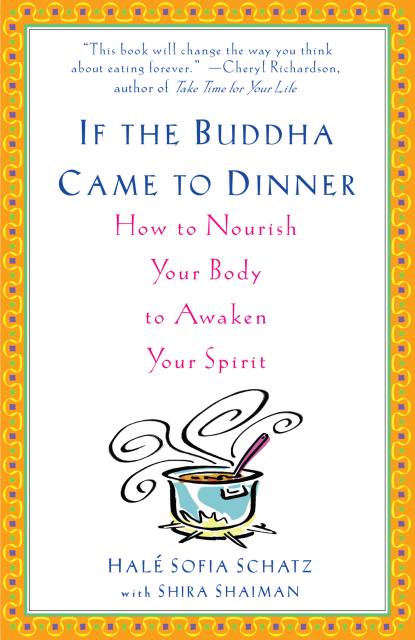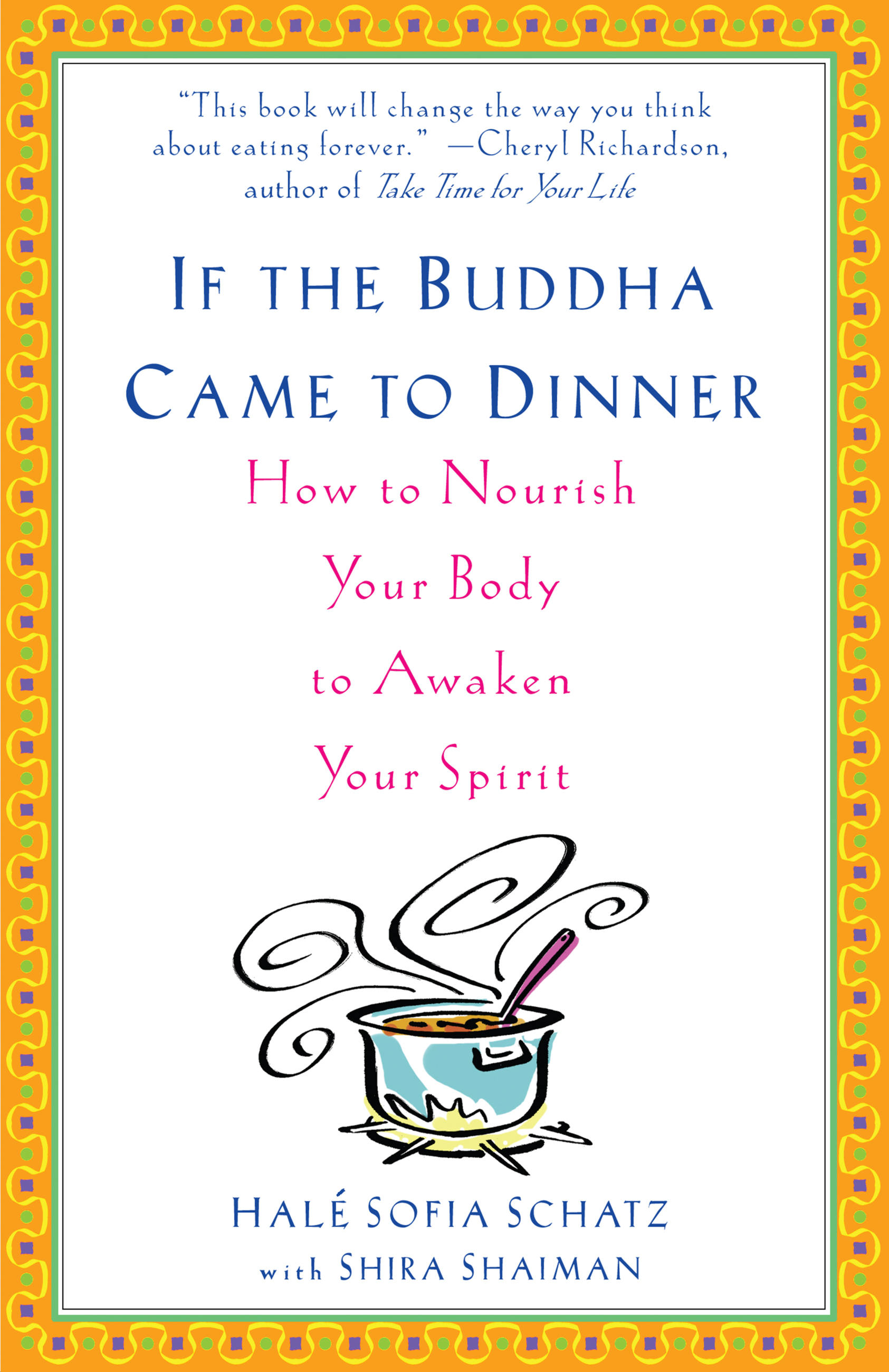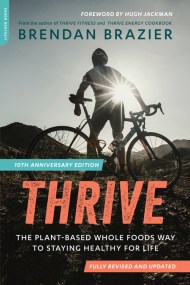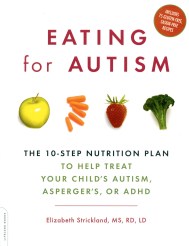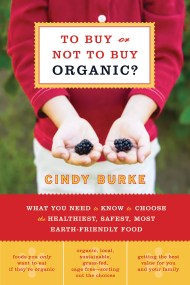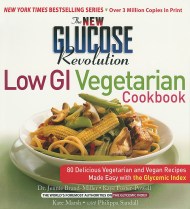Promotion
Use code MOM24 for 20% off site wide + free shipping over $45
If the Buddha Came to Dinner
How to Nourish Your Body to Awaken Your Spirit
Contributors
Formats and Prices
Price
$9.99Price
$12.99 CADFormat
Format:
- ebook $9.99 $12.99 CAD
- Trade Paperback $21.99 $28.99 CAD
This item is a preorder. Your payment method will be charged immediately, and the product is expected to ship on or around June 18, 2013. This date is subject to change due to shipping delays beyond our control.
Also available from:
With so much processed food in the marketplace, obesity in adults and children dramatically on the rise, and digestive problems increasingly more common, it’s clear that we’re facing a serious food crisis in this country. The answer, however, isn’t just to go on a diet. Reducing the intake of refined and processed foods and increasing whole foods certainly can improve one’s health. But we need more. We need to feed ourselves with a sense of purpose, self-respect, love, and passion for our lives. We need to nourish our spirits.
Nourishment isn’t a fad diet . . . it’s a lifelong journey, and Haléofia Schatz is the ideal guide. Gentle, wise, and humorous, she shows us the way to the heart of nourishment–our own inner wisdom that knows exactly how to feed our whole self. A perfect blend of inspiration and practical suggestions, If the Buddha Came to Dinner includes guidelines for selecting vital foods, ideas for keeping your energy balanced throughout the day, a cleanse program, and over 60 recipes to awaken your palate.
Open this book and nurture yourself as never before. You’ll be fed in a whole new way.
Genre:
- On Sale
- Jun 18, 2013
- Page Count
- 320 pages
- Publisher
- Hachette Books
- ISBN-13
- 9781401306045
Newsletter Signup
By clicking ‘Sign Up,’ I acknowledge that I have read and agree to Hachette Book Group’s Privacy Policy and Terms of Use
